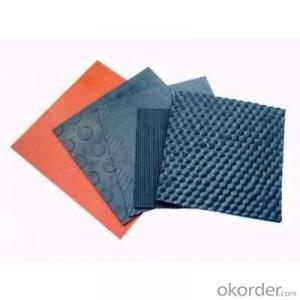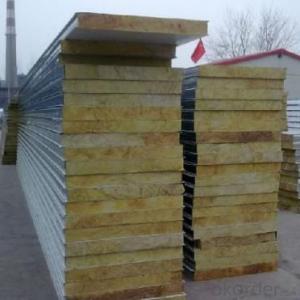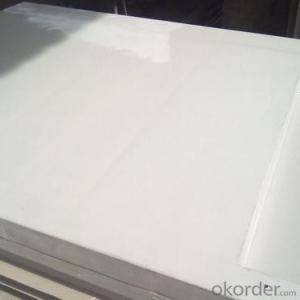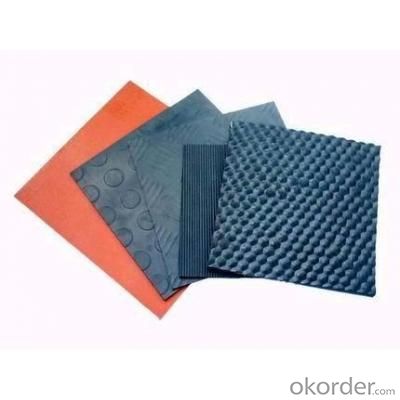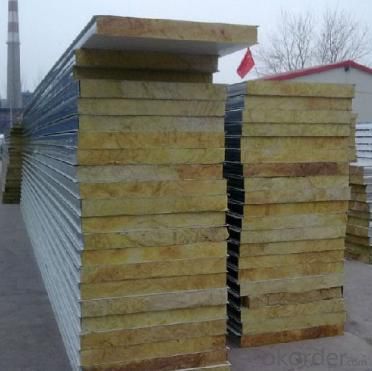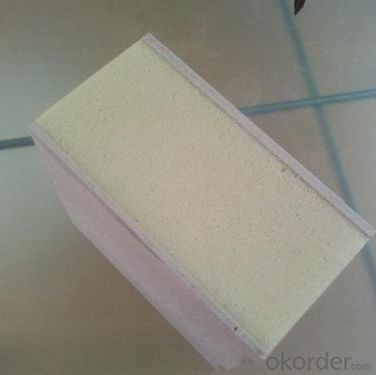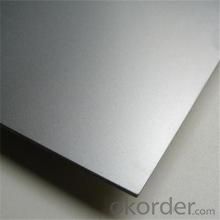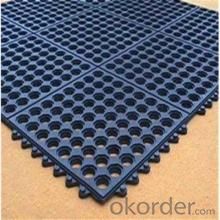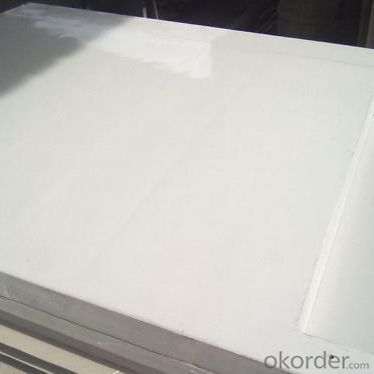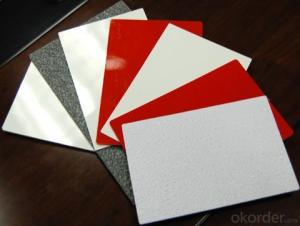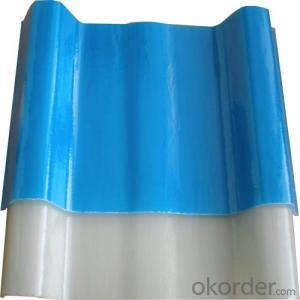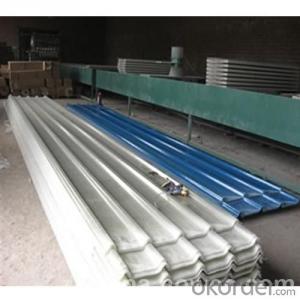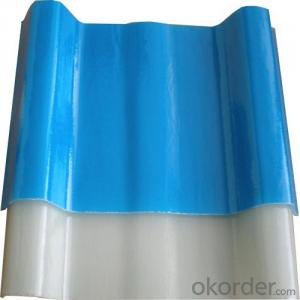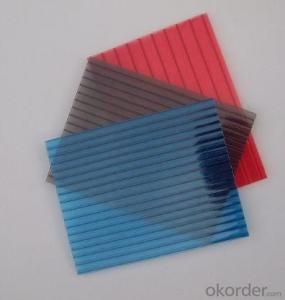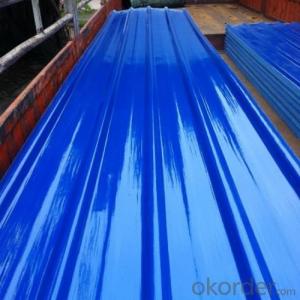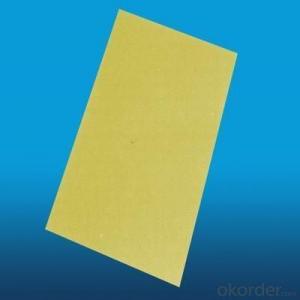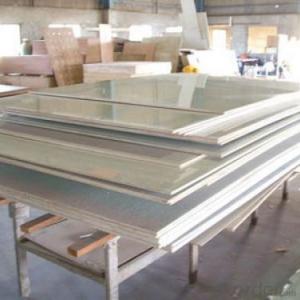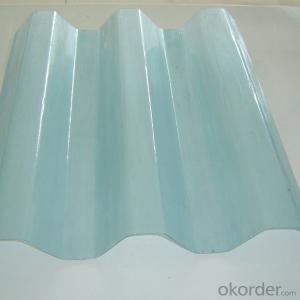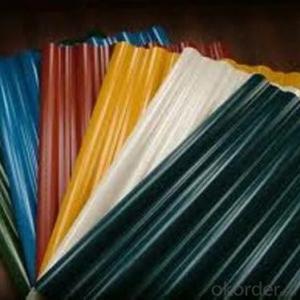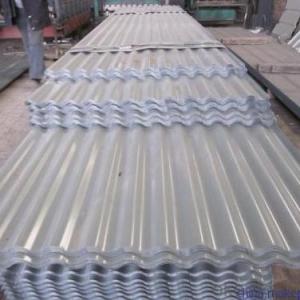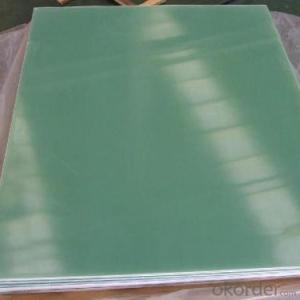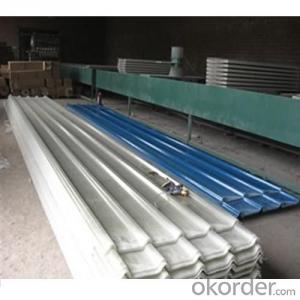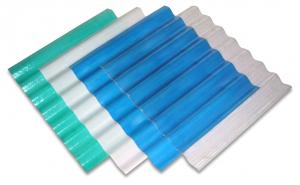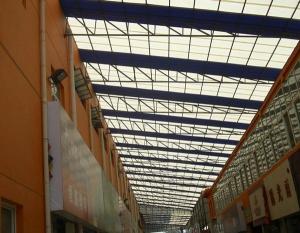FRP Roofing Panel - Transparent Plastic Roof/FRP Roof Sheet
- Loading Port:
- Tianjin
- Payment Terms:
- TT OR LC
- Min Order Qty:
- 300 m
- Supply Capability:
- 50000 m/month
OKorder Service Pledge
OKorder Financial Service
You Might Also Like
Specification
PRODUCT DESCRIPTION
Equipment is FRP continuous molding machine, unit mix of resin, fiber Wall to Wall thickness control, process regulation, curing, cutting, cleaning consisting of several parts. The production capacity can reach 2,500 meters. The accuracy of the equipment reached the advanced level, while the advanced production technology to ensure product quality and stability.
FRP flooring panel is a big size profile which is made by pultrusion technology and in holistic shape, it could
form a continuours close plane by unique self-lock structure,which could be used as load structures in various
corrosion environments and could replace wood plate, aluminum plate or steel plate etc.
FEATURES
1.Light transmission rate of 80%
2.Anti-aging
3.good corrosion resistance
4.excellent toughness
5.used in -60°c to 100 °c
6.Thickness:0.8-2.5mm
7.length:Customized
8.Excellent water resistance
9.Impact resistance
SPECIFICATIONS
| Name: | Fibreglass Reinforced Polyester(FRP ) Sheet |
| Material: | Protective film, Unsaturated resin polyester, Fiberglass |
| Weight: | 1800g/2400g/2750g/3050g Square meter |
| Thickness: | 0.8~3.0mm |
| Length: | Customized |
| Temp: | used in -40°c to 140 °c |
| OEM: | Welcomed |
| Color: | Clear/Blue |
PICTURES
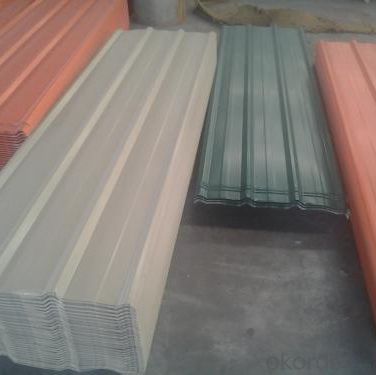
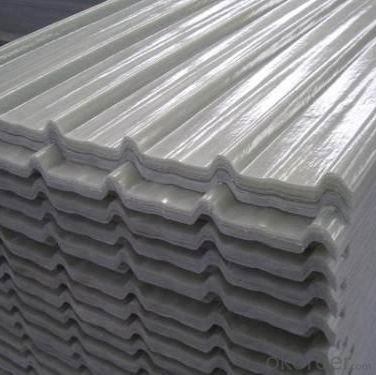
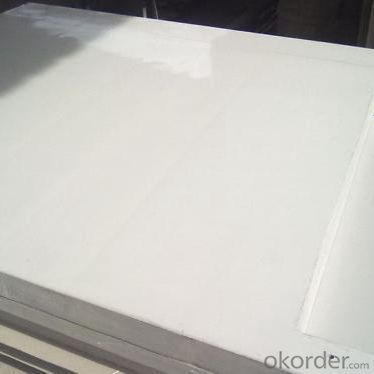
- Q: Are FRP roofing panels resistant to bird droppings or nesting?
- Yes, FRP (Fiberglass Reinforced Panels) roofing panels are highly resistant to bird droppings and nesting. The smooth and non-porous surface of FRP panels makes it difficult for birds to grip or nest on them. Additionally, the material is not easily damaged by bird droppings, as it is both stain and corrosion-resistant.
- Q: Can FRP roofing panels be used in swimming pool enclosures?
- Yes, FRP roofing panels can be used in swimming pool enclosures. FRP (Fiberglass Reinforced Plastic) roofing panels are commonly used in various applications due to their durability, resistance to corrosion and chemicals, and ability to withstand harsh weather conditions. These panels can provide excellent protection and insulation for swimming pool enclosures, making them a suitable choice for such applications.
- Q: Can FRP roofing panels be used for zoos?
- Yes, FRP (Fiberglass Reinforced Plastic) roofing panels can be used for zoos. FRP roofing panels are known for their durability, strength, and resistance to various environmental elements, making them suitable for a wide range of applications, including zoos. In zoos, where the safety and wellbeing of animals is of utmost importance, FRP roofing panels offer several advantages. Firstly, they are lightweight yet sturdy, providing a secure and reliable roofing solution. This is particularly important in areas where heavy snow loads or strong winds may be a concern. Secondly, FRP panels have excellent resistance to UV radiation, which means they are highly resistant to fading, discoloration, or degradation caused by prolonged exposure to the sun. This is crucial for maintaining the aesthetics of the zoo and ensuring that the animals are housed in visually appealing enclosures. Additionally, FRP roofing panels have low thermal conductivity, which helps regulate the temperature inside the enclosures. This is beneficial for the animals, as it allows for a more comfortable and controlled environment. FRP panels also have excellent insulation properties, which can contribute to energy efficiency and reduce heating or cooling costs. Furthermore, FRP roofing panels are available in a variety of colors, textures, and designs, allowing zoo designers to create visually appealing enclosures that mimic natural habitats. This can enhance the overall experience for visitors while providing a more stimulating and enriching environment for the animals. Overall, FRP roofing panels offer a versatile and reliable roofing solution for zoos. Their durability, resistance to environmental factors, and aesthetic options make them a suitable choice for creating safe and visually appealing enclosures for animals.
- Q: Are FRP roofing panels suitable for high wind areas?
- Indeed, high wind areas can indeed accommodate FRP (Fiberglass Reinforced Plastic) roofing panels. Renowned for their remarkable robustness and longevity, FRP roofing panels display a notable resistance against fierce winds. The fiberglass reinforcement embedded within the panels enhances their structural integrity, enabling them to withstand the vigorous impact of high winds unscathed and undisturbed. Moreover, FRP roofing panels are intentionally engineered to be securely fastened to the roof framework, thereby bolstering their capacity to withstand wind uplift and retain their integrity when confronted with high wind conditions.
- Q: Can FRP roofing panels be used in areas with high levels of industrial emissions?
- Yes, FRP roofing panels can be used in areas with high levels of industrial emissions. FRP (Fiberglass Reinforced Plastic) panels are known for their durability and resistance to corrosion, making them suitable for harsh environments such as those with high industrial emissions. They are designed to withstand chemical exposure, UV radiation, and temperature variations, making them a reliable choice for areas with heavy pollutants. However, it is still important to consider the specific emissions and consult with manufacturers to ensure that the FRP panels meet the required standards and can withstand the specific conditions of the industrial emissions in the area.
- Q: What is the installation process for FRP roofing panels?
- Typically, the installation process for FRP (Fiberglass Reinforced Plastic) roofing panels involves the following steps: To begin, the roof surface must be thoroughly cleaned and prepared for installation. This may include the removal of existing roofing materials, cleaning the surface, and ensuring it is smooth and clear of any debris or protrusions. Accurate measurements of the roof are then taken to determine the required size and number of FRP panels. These panels are subsequently cut to the appropriate dimensions using a saw or similar cutting tool. It is important to wear safety glasses and gloves when cutting FRP panels for protection. Next, the first panel is positioned at the edge of the roof and securely fastened using suitable fasteners such as screws or nails. The subsequent panels are then overlapped with the previous one and also fastened down in a similar manner. This overlapping technique ensures a watertight seal and prevents any water infiltration. Once all the panels are successfully installed, any gaps or joints between them are sealed using a suitable sealant. This further enhances the waterproofing properties of the roof. Additionally, trim pieces may be used to cover exposed edges or corners, providing a more polished appearance. To ensure a proper and durable installation, it is crucial to carefully follow the manufacturer's instructions and guidelines. If you are unfamiliar with the installation process or have any doubts, it is recommended to consult with a professional or experienced contractor.
- Q: Are FRP roofing panels resistant to chemical spills or leaks?
- Yes, FRP (fiberglass reinforced plastic) roofing panels are resistant to chemical spills or leaks. FRP panels are made of a combination of fiberglass and plastic materials, which provide excellent resistance to a wide range of chemicals. The panels are designed to be non-reactive and non-corrosive, making them highly resistant to the effects of chemical exposure. This resistance is particularly important in industrial or commercial settings where there is a higher likelihood of chemical spills or leaks occurring. FRP roofing panels have been tested and proven to withstand various chemicals, including acids, solvents, and oils, without deteriorating or sustaining damage. Therefore, they are a reliable choice for environments where chemical resistance is a primary concern.
- Q: Are FRP roofing panels resistant to wind uplift?
- Yes, FRP (Fiberglass Reinforced Plastic) roofing panels are generally resistant to wind uplift. The strong and durable nature of FRP panels allows them to withstand strong winds and prevent them from being lifted off the roof. These panels are designed to be securely fastened to the roof structure, ensuring stability and minimizing the risk of wind damage. Additionally, FRP panels are lightweight, reducing the overall stress on the roof and further enhancing their wind resistance. However, it is important to note that the specific wind uplift resistance of FRP roofing panels may vary depending on factors such as panel thickness, installation method, and the severity of wind conditions. Therefore, it is always recommended to consult with a professional or follow the manufacturer's guidelines to ensure proper installation and optimal wind resistance.
- Q: What is the warranty period for FRP roofing panels?
- The warranty period for FRP roofing panels typically ranges from 10 to 25 years, depending on the manufacturer and specific product.
- Q: Can FRP roofing panels be used for patio covers or outdoor kitchens?
- Yes, FRP roofing panels can be used for patio covers or outdoor kitchens. FRP (Fiberglass Reinforced Plastic) is a durable and weather-resistant material that can withstand outdoor conditions. It provides protection from the elements and is an excellent choice for patio covers and outdoor kitchens due to its strength, lightweight nature, and resistance to corrosion and UV rays.
Send your message to us
FRP Roofing Panel - Transparent Plastic Roof/FRP Roof Sheet
- Loading Port:
- Tianjin
- Payment Terms:
- TT OR LC
- Min Order Qty:
- 300 m
- Supply Capability:
- 50000 m/month
OKorder Service Pledge
OKorder Financial Service
Similar products
Hot products
Hot Searches
Related keywords
